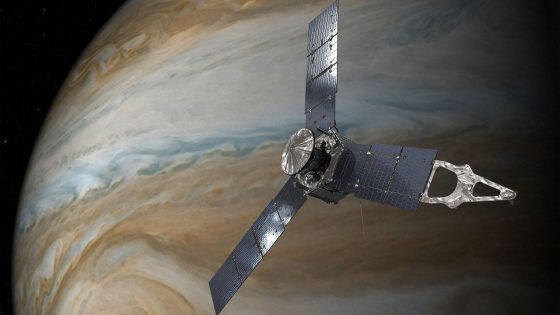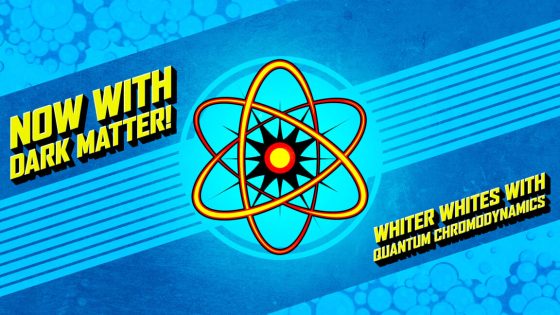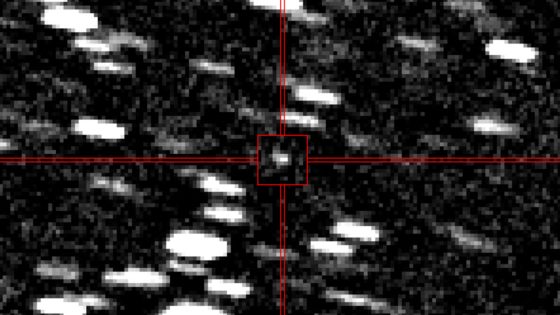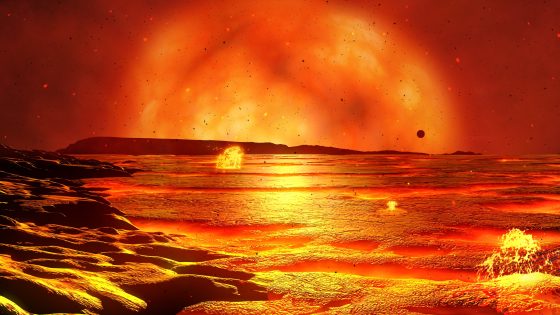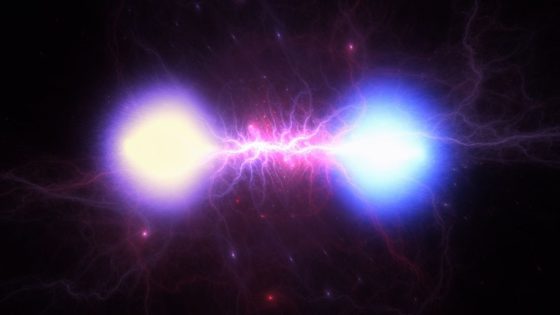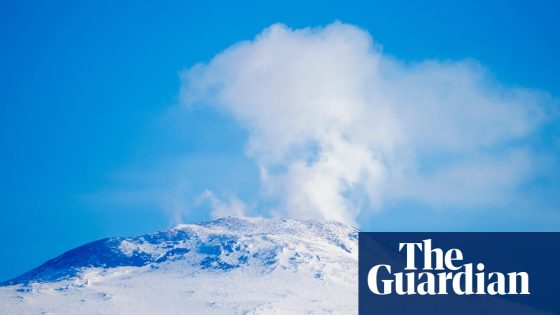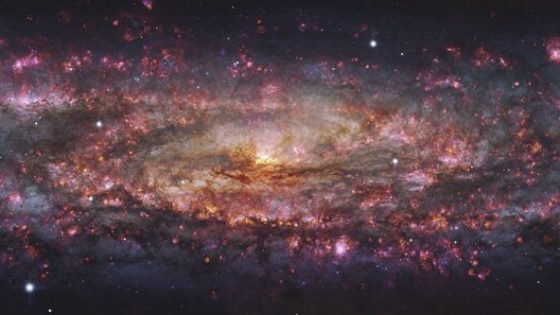The Juno spacecraft continues to astound scientists as it orbits Jupiter, gathering invaluable data. Launched in August 2011, this mission was initially set for seven years, but recent developments have extended its life, allowing for further exploration of the gas giant’s mysteries.
- Juno launched towards Jupiter in 2011
- Mission extended beyond original 7 years
- JCM camera faced radiation damage issues
- Engineers successfully tested a fix
- Improved image quality after heating adjustments
- Blueprint for extending spacecraft life discovered
NASA engineers faced challenges with the JunoCam (JCM), a vital instrument for capturing stunning images of Jupiter. Concerns about radiation damage arose early in the mission, but as of 2025-07-23 15:00:00, a successful fix has breathed new life into this crucial camera. This breakthrough raises questions about the longevity and resilience of space instruments.
This achievement prompts US to consider the implications for future space missions. How can we better protect instruments from harsh environments? The Juno team’s innovative approach may provide answers. Key points include:
- The JunoCam’s image sensor remained intact despite radiation exposure.
- Engineers utilized a heating method to restore functionality.
- Similar techniques could benefit other spacecraft instruments.
As we look ahead, the advancements made with Juno could pave the way for future missions, emphasizing the importance of innovation in space exploration. Will these techniques redefine how we approach long-duration missions?



